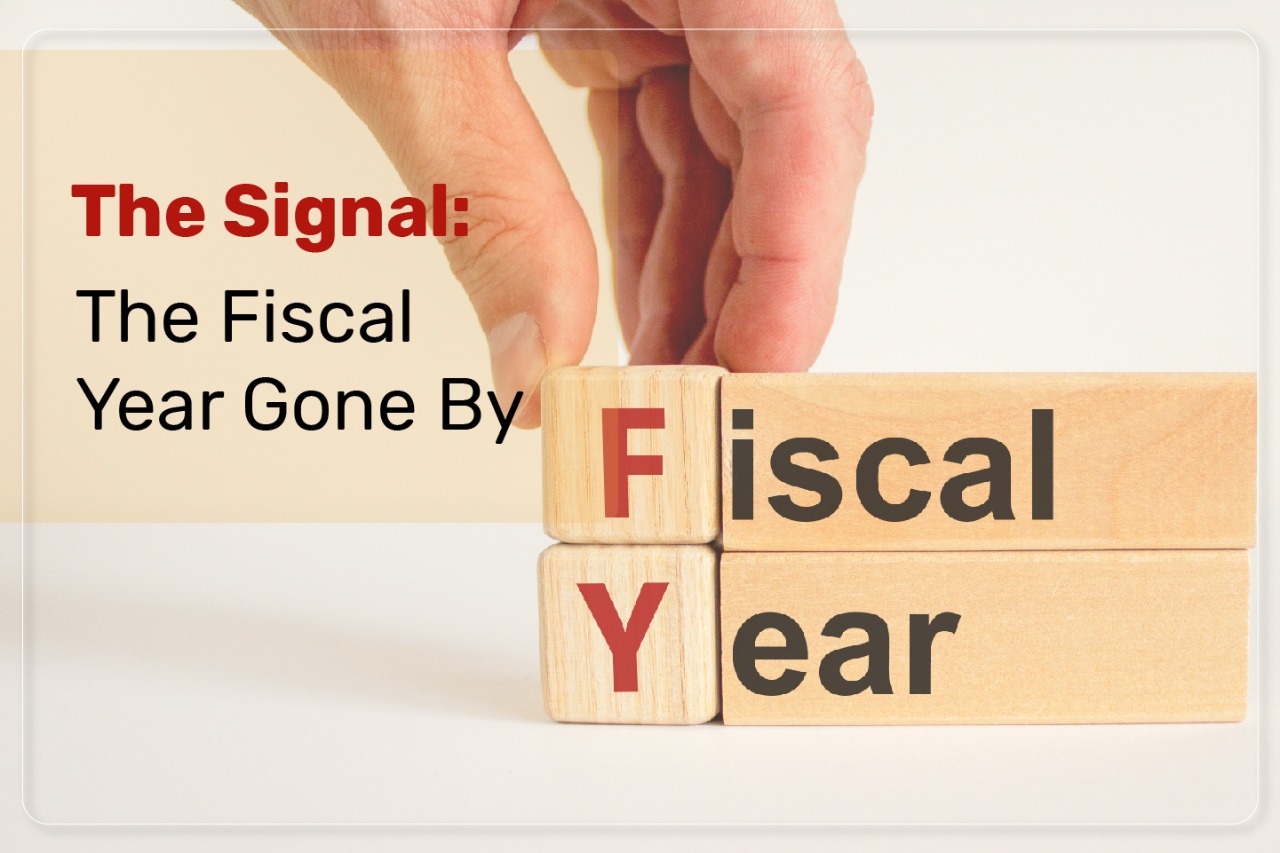
The Recap
A month into the FY22 and the virus was still making front-page headlines. Covid-19 cases had shored up across countries, along with India battling its second wave while prepping for the third. The world’s biggest economy the US was headed for the fastest growth in almost 4 decades by opting for a pro employment strategy. The Fed chair viewed the US economy at an inflection point with ready to execute fiscal and monetary stimulus to support growth.
Indian markets kicked off rallying a stellar announcement made in the FY22 Budget drawing confidence from foreign and domestic institutions. Global institutions such as IMF, World Bank, and Nomura rescaled India’s projected growth for the fiscal year gone by, touting it to be the fastest-growing economy of the decade. FII flows followed suit with FY21 recording the largest inflows over the last two decades. At $37.6 bn inflows were greater than the cumulative inflows of the last six years.
Indian markets delivered better than expected corporate earnings. Investors were on the verge of catching up with the market rally but consistent FII selling had hampered the overall sentiments going ahead in FY22. Rising Covid-19 cases and state-oriented lockdowns were the key concerns for FIIs. FII counterparts however held firm. A few reasons that might have attracted the DIIs could be:
- GST is recorded its highest ever figures.
- Forex reserves recorded the second-highest figures over the previous year.
- Core industries record 32-month high performance due to low base effect.
The manufacturing and industrial indices flourished in tougher times as well, with inflation continuing to be a big worry. Further India’s central bank took a centre stage in supporting the economy to combat viruses via incentivizing credit flows to health infra and conducting LTRO with medium to small finance banks.
Jumping on to the second half of the FY22, BSE Sensex and Nifty 50 hit an all-time high in the middle of October 2021 and the second half was expected to be better for the Indian economy, coinciding with the festive season hence expecting earnings momentum to continue. The key blocks of recovery for markets were a) low-interest rates b) supportive govt policies c) supportive global macros and reforms like GST, IBC, RERA, labor laws and focus on manufacturing exports were the key positive factors.
Key concerns at this juncture for the markets in the second half of FY22 were a) energy prices trajectory b) pace of Fed tapering c) the possibility of a third wave. Then came the news in November 2021 saying satellite images showing a growing build-up of Russian troops on Ukrainian borders along with 100,000 soldiers with tanks and other military hardware.
The Russian-Ukraine war-initiated a round of sell-offs in an already bearish market. The losses were higher in scrips with smaller market caps. Geopolitical tensions between Russia-Ukraine pushed up commodity prices.
Here’s a summary of what has happened in the markets in FY22:
- Nifty has delivered healthy returns of about 18% in FY22
- Performance is supported by Metals, Energy, and IT Services
- Nifty Infra index Marginally Outperformed the Nifty 50 benchmark thanks to government Capex thrust and hopes of private capex revival.
- Nifty midcap and Nifty small-cap indices significantly outperformed Nifty 50 in 1st Half of FY22. The margin of outperformance has been impacted in the 2nd half of FY22 because of crude commodity inflation, expected rates hikes by US Fed, and Russia Ukraine war.
- Nifty Auto, Nifty FMCG, and Nifty Pharma indices also underperformed Nifty 50
- Delay in credit growth revival and rake hike concerns affected the performance of Banking and Financial stocks.
The Way Forward
The fiscal year 2022 has been a great year for mutual fund investors. FY 22 has been a remarkable year wherein a full-blown recovery from Covid-19 can be seen, however FY23 is again expected to be much better with some volatility persisting as mutual funds have withstood all the selling of the FIIs. As far as India’s fundamentals are concerned there is no issue in India. With oil prices at which they are there will be adjustments some companies will not make any money or which will make lesser money that will happen due to company-specific reasons. Indian macros are still strong and we are in a comfortable space.
Ability to generate more tax revenues, with GST revenue increasing, with direct tax revenue increasing. Both on the fiscal and current account side there is still strength to withstand $110 unlike what happened in previous years.
Diversification into developed markets like the US may offer some resilience to the portfolio in case things go sideways, but caution must be exercised to not over-allocate and lose out on the longer-term domestic growth prospects.
While the upside for gold is largely capped, it will prove to be an effective hedge against a probable stagflationary environment and depreciating domestic currency.
Use the opportunity to rebalance asset allocation and re-align with target asset allocation. Rebalance the target asset allocation through fresh deployment to the extent possible. For fresh investments, opt for accelerated SIP/STP – aggressive deployment for the next 3-6 months and moderate thereafter.



























